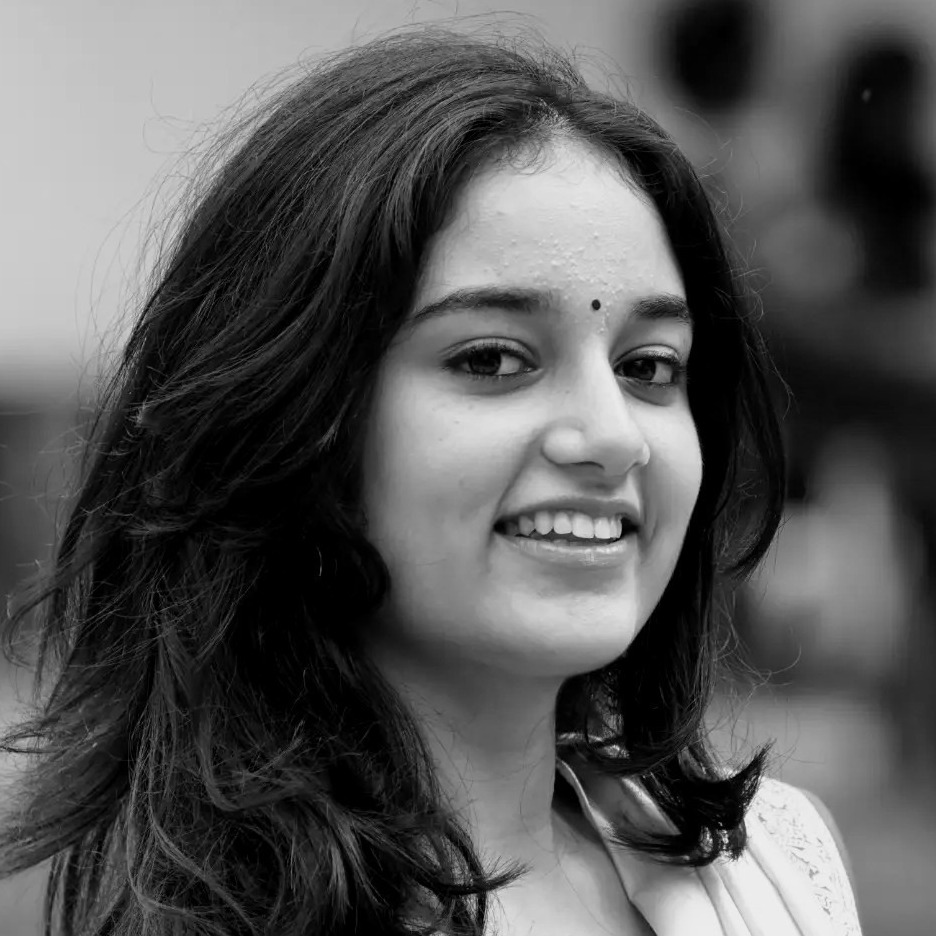There are no items in your cart
Add More
Add More
| Item Details | Price | ||
|---|---|---|---|

CEED (Common Entrance Examination for Design) is a joint entrance exam conducted yearly by all IITs (Indian Institute of Technology) for post graduate design programs. CEED has its own website for official update about the exam. Only if you’ve got a degree/diploma/PG degree of minimum 3 years (after 10+2) you can appear for this exam. The exam usually takes place around January.
The CEED exam is divided into two parts; section A and B. Both are conducted on the same day. Section A consists of design aptitude questions and is objective. Section B includes design, drawing and writing skills-based questions which are subjective.
The syllabus and marking criteria have been mentioned on their official website. The syllabus is as follows:

• Visualization and spatial ability: Pictorial and diagrammatic questions to test the understanding of transformation and/or manipulation of 2D shapes and 3D objects and their spatial relationships.
• Environmental and social awareness: General awareness of environmental factors (such as climate, population, water, vegetation, pollution, weather, natural resources) and their implications on the design of products, images, infrastructure and environment. Awareness of design terminologies, social and cultural connection with design, history of the designed artefact, and socially responsible and environmentally sustainable design responses. History of art, sculpture and literature.
• Analytical and logical reasoning: Ability to analyse given information logically and select the most appropriate solutions; ability to weigh opinions, arguments or solutions against appropriate criteria; ability to use logic and structured thinking to deduce from a short passage, which of a number of statements is the most accurate response to a posed question.
• Language and creativity: Ability to understand passages in commonly used English language; ability to think creatively in terms of alternatives; ability to distinguish innovative options and think out-of-the-box.
• Design thinking and problem solving: Ability to understand the context, the users and the constraints and select the most appropriate solution for a given design problem.
• Observation and design sensitivity: Ability to detect concealed properties in day-to-day life and think critically about them. Ability to discern subtle differences in visual properties and aesthetic outcomes.
• Drawing: Ability to draw products, people or scenes in proportion with good line quality, composition, proportion, perspective, and shading.
• Creativity: Ability to think out-of-the-box and come-up with unique as well as diverse solutions.
• Communication skills: Ability to communicate concepts and ideas clearly with the help of text and visuals.
• Problem identification skills: Ability to understand the user and the context, knowledge of properties of materials and their appropriate use in design.
And the marking and evaluation criteria:

All the data provided above about the syllabus and marking and evaluation is from the CEED 2023 official information brochure.

And that's all then information you'll be needing if you're planning to give the CEED exam. IIT is pretty clear an straightforward. They've given you all the information straight up. Now what you've got to do, is follow the given syllabus and practice your drawing skills in terms of organic and analytical drawing.
Plus, the aptitude section. That's a really major part of the exam. It's really tricky and time runs out very very fast. So, go through all the previous year papers, solve them and do similar questions from other sources. Good Luck!
For more information about CEED visit their website: https://www.ceed.iitb.ac.in/2023/
...

Parinita Manchanda
Communication Design/NID Vijayawada
Behance: https://www.behance.net/parinitmanchan
Linkedin: https://www.linkedin.com/in/parinita-manchanda-92a0b4240/